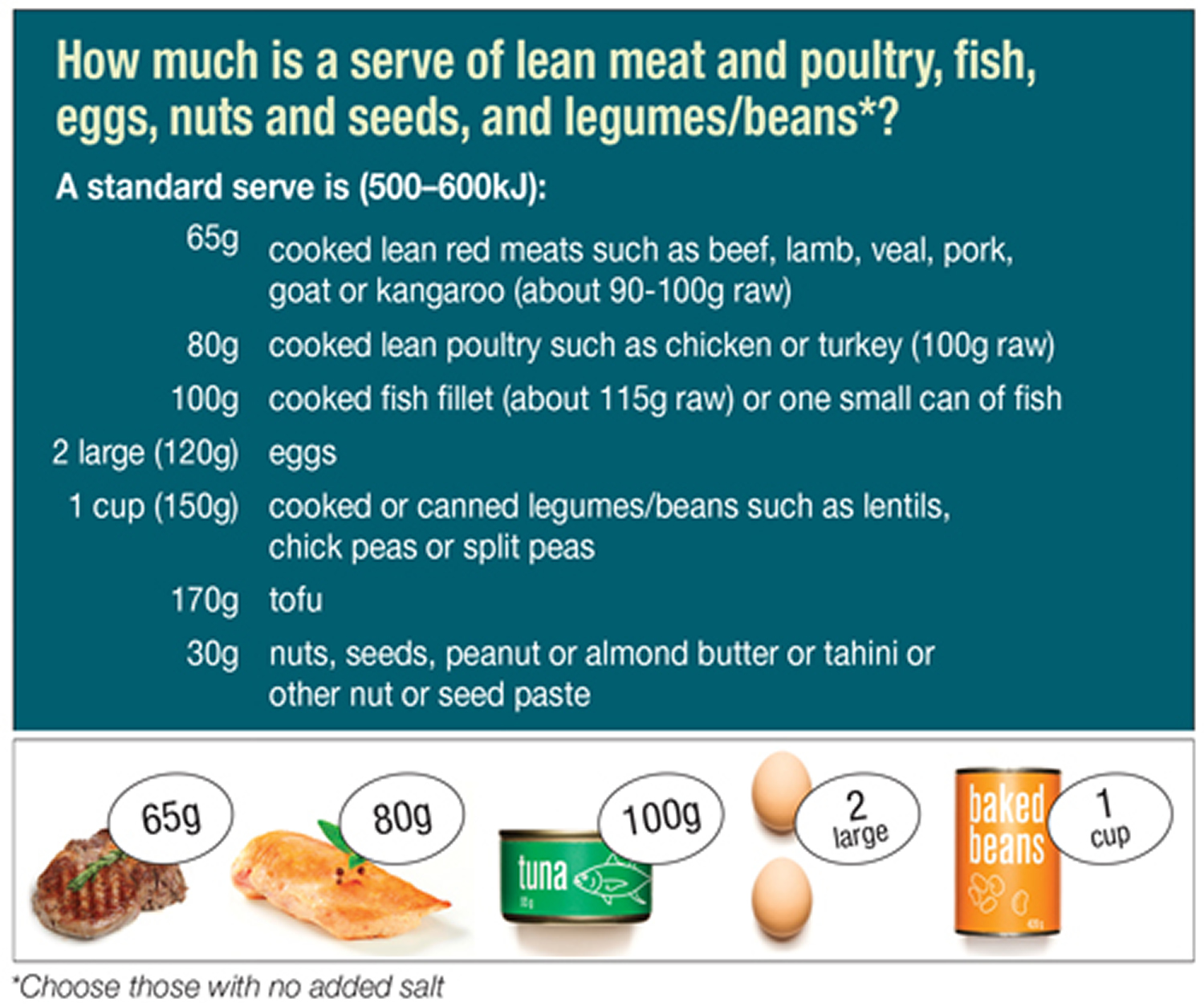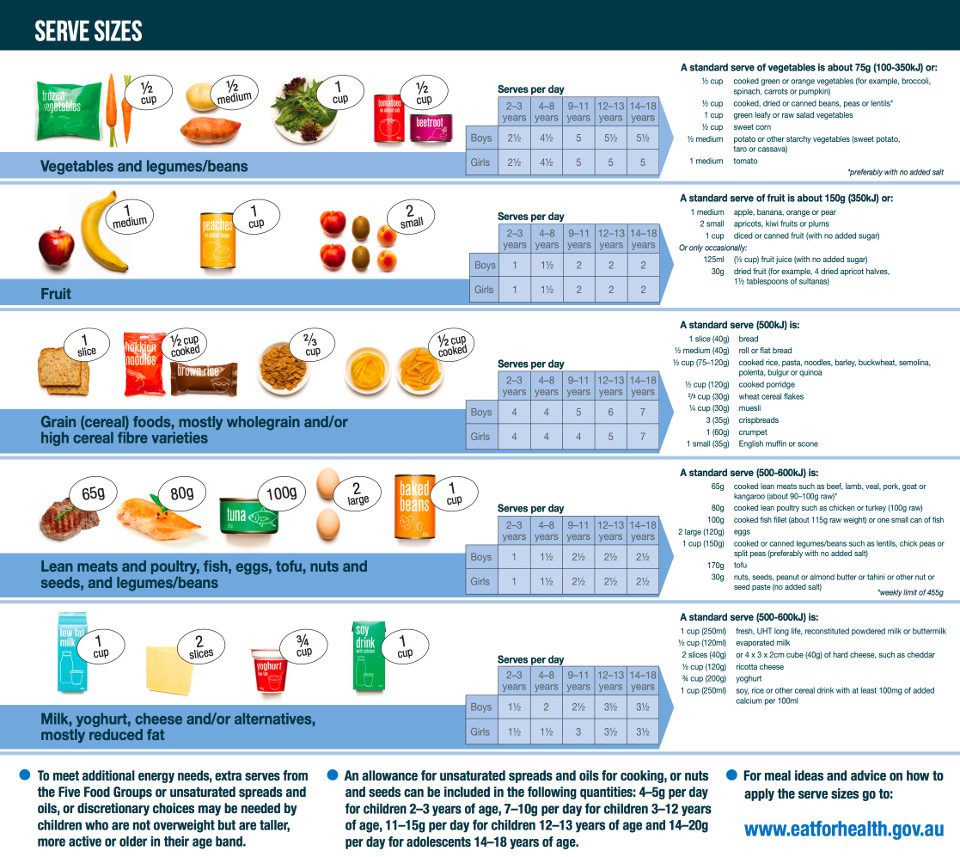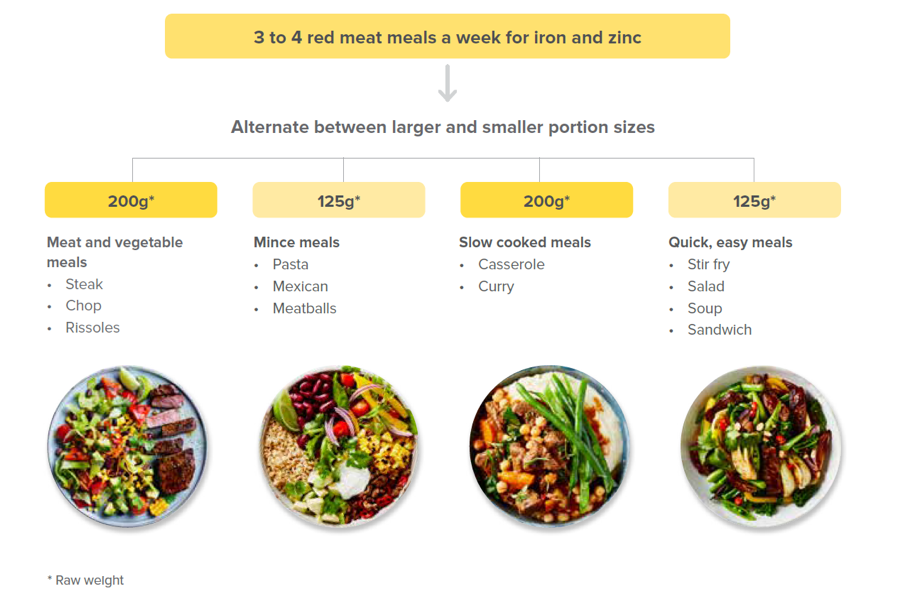Australian Dietary Guidelines Serving Sizes

Australian Dietary Guidelines Serving Sizes
What are Serving Sizes?
Serving sizes are the amount of food that are recommended by the Australian Dietary Guidelines, which is the government-endorsed dietary advice. This advice is based on the best available evidence and is intended to help Australians achieve and maintain good health. Serving sizes provide a simple way to help people keep track of how much food they eat, and to make sure their diet is balanced, healthy and nutritious.
The Australian Dietary Guidelines are based on the Eat for Health program, which was developed by the Australian Government in partnership with nutrition experts and stakeholders. The program provides recommended amounts of different food groups for each age and gender, and is designed to help people understand what a healthy diet looks like.
Serving sizes are based on the amount of food that an average person needs, and they are intended as a guide to help people reach the recommended amounts of each food group. For instance, the Eat for Health program recommends that adults consume five serves of vegetables a day, and the serving size for vegetables is 75 grams. This means that an adult should eat 375 grams of vegetables per day to meet the recommended amount.
How to Use Serving Sizes?
When using the Australian Dietary Guidelines to plan meals, it is important to pay attention to serving sizes. Foods can vary in size and weight, so it is important to use the serving size as a guide. The serving size is usually given as a range, such as one to two pieces, or one to two tablespoons. This range allows for variation, and it is important to make sure that the amount being eaten falls within the recommended range.
For example, the Eat for Health program recommends that adults consume two serves of fruit a day, with one serve being equal to 150 grams. This means that an adult should consume between 150 and 300 grams of fruit per day to meet the recommended amount. If a person eats a piece of fruit that weighs 300 grams, they should use half of the fruit as one serve.
It is also important to remember that foods will vary in their nutritional content, even when they are of the same size or weight. For example, a piece of fruit like a banana may weigh the same as a piece of fruit like a grape, but the banana will contain more fibre and vitamins than the grape. Therefore, it is important to make sure to vary the types of food eaten to ensure that the diet is balanced and nutritious.
Conclusion
Serving sizes are an important part of the Australian Dietary Guidelines and can help people make sure that their diet is balanced and nutritious. Serving sizes provide a simple way to measure the amount of food that should be eaten and to make sure that the recommended amounts are being met. It is important to pay attention to the serving size and to vary the types of food eaten to ensure that the diet is healthy and balanced.
Pin by Desiree McCullough on What is healthy food? | Australian dietary

'Average Serving Size' Is A Crock

Portion Control: Are you eating too much? - JL Fit Nutrition | Portion

Australian Dietary Guidelines Serving Sizes - DIETAROS

What is the Serving Size of Chicken, Fruit, Vegetable, Pasta, Dairy, Rice

Is your toddler or preschooler eating too much or not enough?

Australian Dietary Guidelines: what they say about red meat - Beef Central

Pin by AmolB on Health tips | Australian dietary guidelines, Dietary

Pin by Joyce on PL_healthplate | Portion plate, Food portions, Perfect

Australian Government Department of Health on Twitter: "Enjoy a variety
